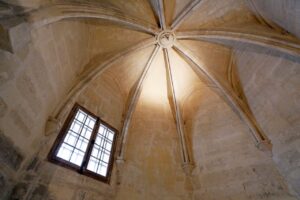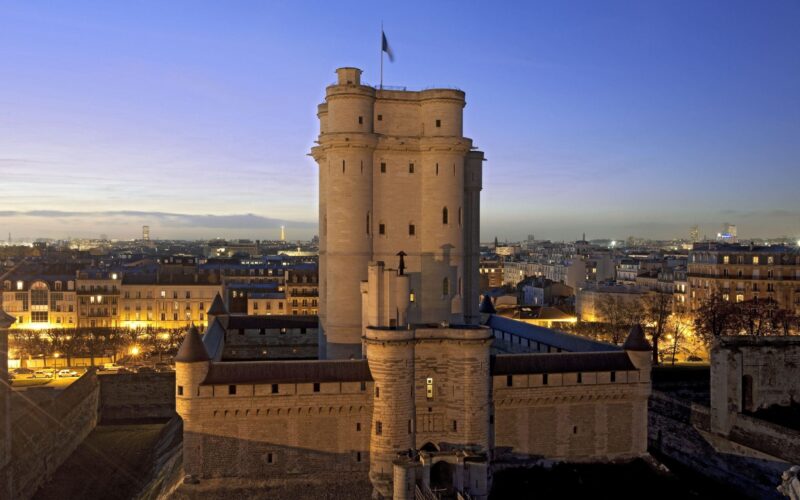The author, philosopher and all-round enfant terrible, Donatien Alphonse Francois de Sade (the marquis de Sade for short) spent much of his life under various forms of incarceration.
Some years ago, I took a trip to the former mental asylum in Charenton, his final residence. But as it’s still in use as a hospital, I was not able to enter the buildings.
Yesterday’s Sadean pilgrimage to the Château de Vincennes on the outskirts of Paris was more successful as visitors are allowed inside much of the medieval castle and its keep, the imposing tower known in French as the “donjon” (from which we get the English word “dungeon”).

A little backstory: In 1763, the Marquis locked a Parisian sex worker in his room, forcing her to witness and participate in various acts of blasphemy and sadism (the latter mainly inflicted on himself). When released, she reported Sade to the authorities (blasphemy was a punishable offence in France at the time) and he was arrested by a “lettre de cachet” – an order from the king, requiring no trial. He was taken to a jail cell in the medieval castle of Vincennes, where he spent fifteen days. After writing letters expressing remorse and asking to see a priest, he was released.

However, he continued his life of debauchery and returned to Vincennes in 1777, awaiting a death sentence he successfully appealed. When the prison at Vincennes was closed, he was famously transferred to the Bastille prison in central Paris, where he stayed – writing most of his infamous works – before being moved to the mental asylum in Charenton just days before the French Revolution broke out.
Although the château is open to the public and Sade’s residence is mentioned on its website, his prison cell is not clearly marked. Only after my visit did I realize that I walked the room pictured above not knowing that I had at that moment crossed paths with the divine Marquis.
If you plan to visit, you can browse the Château de Vincenne website here.

One Reply to “The second Sadean pilgrimage: The Château de Vincennes”